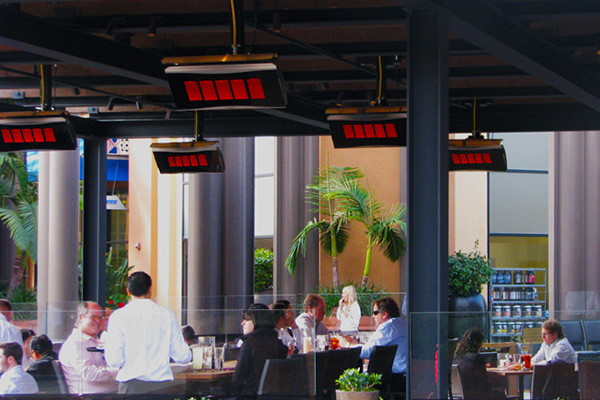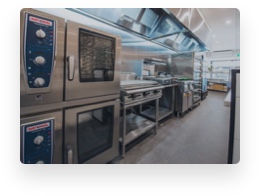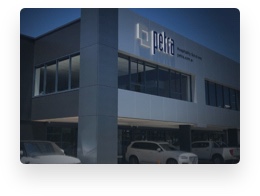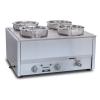Why Do You Need A Cash Register At Your Shop?

Even if you are running a small shop, managing the money that comes from payments can be a difficult task if not organised properly. That difficulty multiplies in a supermarket where there a lot of checkout counters and many employees working. If money is not managed properly in a supermarket, there is possibility of theft and embezzlement. In order to avoid such a thing, people use an electronic device known as the Cash Register. What this device basically does is that it calculates and records sales transactions. This is an extremely helpful machine and is used throughout the world in restaurants, shops, supermarkets, malls, etc.
When the cash register was initially invented, it was a big mechanical device. However, we have come a great way to make the device electronic and synced with other devices like barcode scanners, credit and debit card machines, and most importantly the cash drawer.
As the name suggests, the most important function of a cash register is to keep a detailed record of each and every sale. Keeping a record of sales is important to know the money exchange that has taken place, calculation of profit or loss and making future decisions regarding investments. A cash register records the details of the product that was purchased, the sales of a specific product, date and time of each sale, the method of payment for each sale, the amount of payment for each sale, the rate of sales for different parameters, and more.
A cash drawer is extremely useful for managing money. In most instalments, a cash register is used along with a cash drawer. This drawer is where the employee at the checkout counter stores the money that he received from the person who is making the purchase. There are usually various slots in the cash drawer where each slot is for a different denomination of notes or coins. This cash drawer is linked to the cash register. The cash drawer’s lock is operated electronically by the cash register. Only when the cash register records a sale does the cash drawer open. In other words, employees who have larceny at heart cannot open the drawer any time that they want and steal its contents. Only when a sale is recorded the cash drawer unlocks itself. The employee at the checkout counter will then put money in that he received as payment and give back change if necessary. Once the transaction is complete and the employee closes the drawer, and it locks itself. Thus the money is safe.
At many places, a barcode scanner is linked to the cash register. When a barcode is read, the cash register searches its database for the code, finds the price of the product and adds it to the final price. All this happens in less than a second. In a few cases there are other calculations to be done like the amount of discount (if applicable), the total price to be paid by the customer after discount, member specific bonuses, the taxes and VAT that is applicable and so on. All these calculations are performed effortlessly by the cash register.
Credit and debit card scanners are also attached with cash registers. Though there is no cash that goes into the drawer when a customer pays with his credit or debit card, the cash register still records the details of this transaction. This is because when the total profits are calculated, money earned through credit or debit card payments are also included in it.
Cash register will usually print a receipt for each sale and transaction. Each receipt that is printed is also stored as a soft copy in the register. This receipt is basically your bill. In a shop where there are more than one cash registers working at the same time, each machine shall be connected to the main server. All data shall then be transmitted to the main server. The data is then organised and stored.
There is a ‘NS’ (No Sale) button on the cash register. When pressed, this button opens the cash drawer even though there is no sale that is going on. However, when this button is pressed, a ‘No Sale’ receipt is printed and the cash register makes a record of it. That is one way to open the cash drawer when not processing a sale. The second method is using the clutch or cylindrical lock system beneath the drawer. However, one needs a key to open the drawer in this way. This method is generally used to move cash from the cash drawer or in case of a power cut.
The cash drawer is very important for running a big shop successfully. It is not just about protecting your money from being embezzled. More than anything cash register are extremely efficient at organising the details of your sales. Without the use of cash registry, running a shop would be literally impossible.
u convallis. Phasellus condimentum elit id cursus sodales. Vivamus nec est consectetur, tincidunt augue at, tempor libero.









